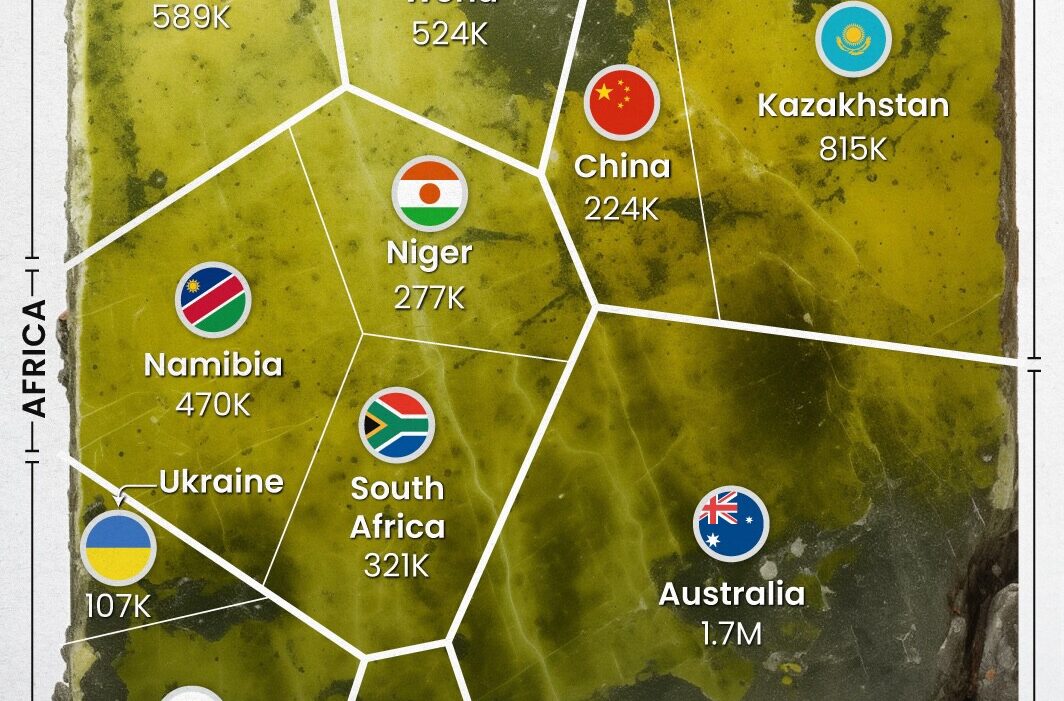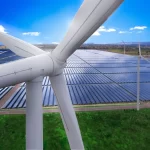Countries rich in uranium reserves, such as Niger, Namibia, and Kazakhstan, are pivotal players in the global nuclear energy supply chain. Yet, despite their vast resources, these nations often lack nuclear power plants, relying instead on exporting raw uranium. This paradox stems from economic, technical, and geopolitical challenges. However, the emergence of Small Modular Reactors (SMRs) offers a promising solution to overcome these barriers and enable these nations to harness nuclear energy for domestic development.
Challenges of Nuclear Power in Developing Nations
Resource-rich developing nations face significant hurdles in adopting nuclear energy:
1. High Upfront Costs
- Traditional nuclear plants require billions of dollars in capital investment, often beyond the financial capacity of poorer nations.
2. Lack of Expertise
- Nuclear technology demands specialized skills and regulatory frameworks, which many countries do not possess.
3. Weak Infrastructure
- Limited electrical grids and industrial infrastructure make large-scale nuclear projects unfeasible.
4. Public Concerns
- Accidents like Chernobyl and Fukushima have left lasting public skepticism about nuclear safety.
5. Export Dependency
- Many uranium-rich nations prioritize exporting their resources for revenue rather than developing domestic nuclear capabilities.
How SMRs Can Transform the Energy Landscape
SMRs offer a game-changing alternative to traditional nuclear plants. These innovative technologies are compact, safer, and more affordable, making them particularly well-suited for developing nations. Here’s how SMRs address key challenges:
1. Reduced Financial Barriers
- Cheaper to Build: SMRs cost hundreds of millions rather than billions.
- Phased Investment: Countries can start small and expand capacity over time, reducing financial risks.
2. Scalability and Flexibility
- Right-Sized Output: SMRs typically produce 50–300 MW of power, suitable for smaller grids.
- Localized Deployment: Ideal for remote areas or specific industries like mining.
3. Enhanced Safety
- Passive Safety Features: Advanced designs minimize the risk of catastrophic accidents, building public and political confidence.
4. Faster Deployment
- Prefabricated Design: SMRs are built off-site, reducing construction time to 3–5 years, compared to 10–15 years for traditional plants.
5. Lower Infrastructure Requirements
- Compact Footprint: SMRs require less land and cooling water, ideal for arid regions like Namibia or Niger.
- Minimal Grid Adjustments: SMRs integrate easily into existing systems.
6. Energy Independence
- Domestic Resource Utilization: Countries can use their own uranium reserves, reducing reliance on imports.
- Fuel Leasing Options: Enriched uranium can be leased, and spent fuel returned, simplifying waste management.
7. Economic and Social Benefits
- Job Creation: Developing SMR programs creates jobs in construction, operations, and maintenance.
- Reliable Electricity: SMRs can power industries, healthcare, and education, improving quality of life.
Addressing Concerns and Challenges
While SMRs present significant advantages, some challenges remain:
1. Cost Competitiveness
- Although cheaper overall, the cost per megawatt can be higher than large reactors or renewables until economies of scale are achieved.
2. Regulatory Frameworks
- Nations need to establish or enhance nuclear regulatory agencies to oversee SMR deployment.
3. Public Perception
- Transparent communication and education campaigns are essential to addressing nuclear skepticism and gaining public support.
Role of International Collaboration
- Organizations like the International Atomic Energy Agency (IAEA) can provide technical assistance.
- Global financing initiatives can support initial investments, easing financial burdens.
A Path Forward for Developing Nations
Small Modular Reactors represent a unique opportunity for uranium-rich developing nations to move up the energy value chain. By transitioning from uranium exporters to nuclear energy producers, these countries can:
- Achieve greater energy independence.
- Diversify their economies.
- Provide reliable, low-carbon energy to their populations.
Success Requires Coordinated Efforts
- Government Support: Clear policies and incentives to attract investment and build local capacity.
- International Partnerships: Collaborations with experienced nuclear nations and global institutions for expertise and funding.
- Public Engagement: Effective education campaigns to build trust and support for nuclear energy.
Conclusion
For decades, resource-rich developing nations have exported their uranium to fuel the energy needs of wealthier countries. With the advent of SMRs, these nations can take control of their energy future, using their natural resources to drive domestic growth and development.
SMRs provide a scalable, safe, and economically viable pathway to nuclear energy, unlocking potential that has remained untapped for too long. By embracing this transformative technology, uranium-rich developing nations can meet their energy needs and emerge as leaders in the global transition to low-carbon energy.




